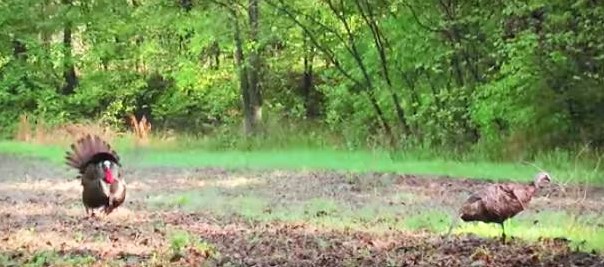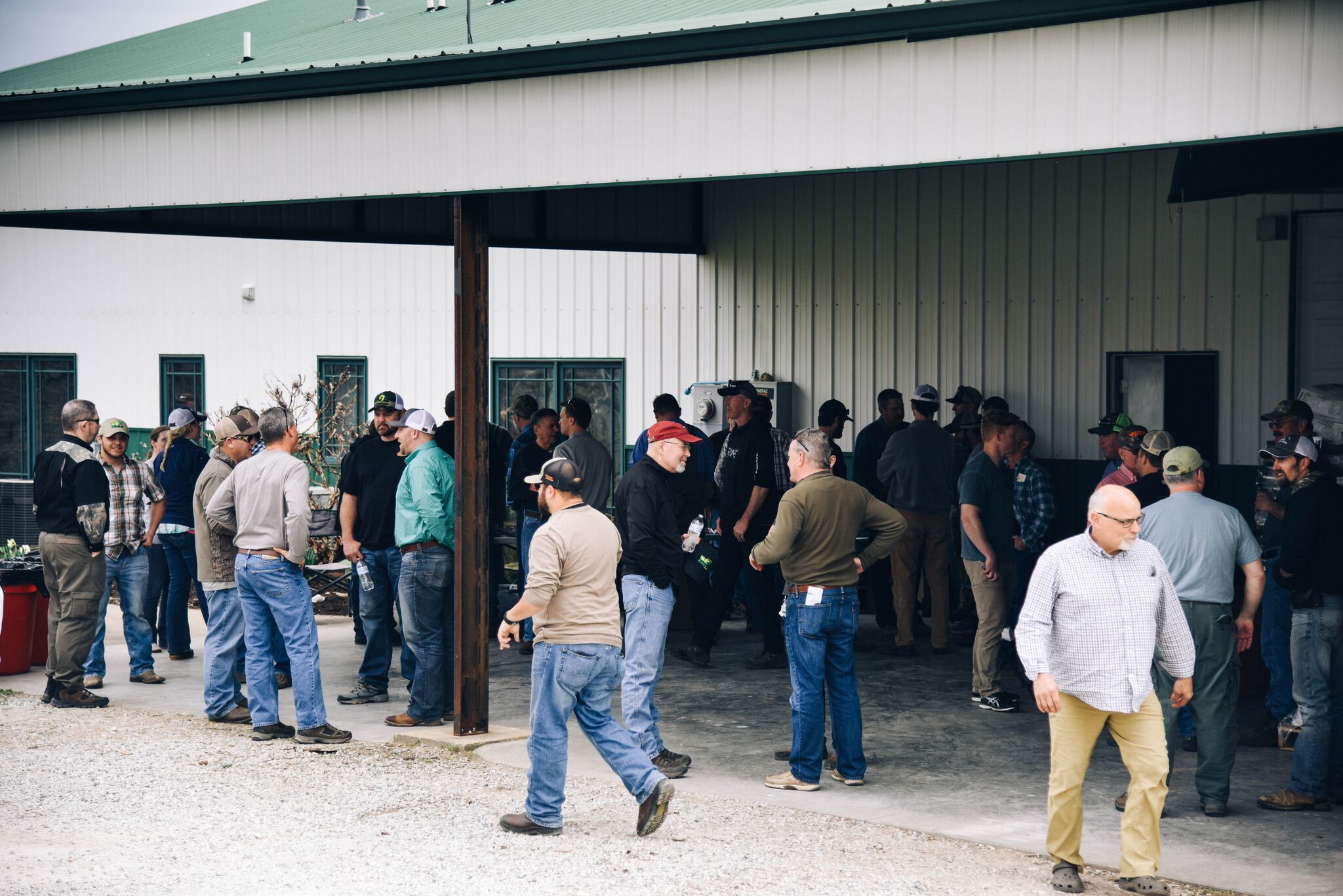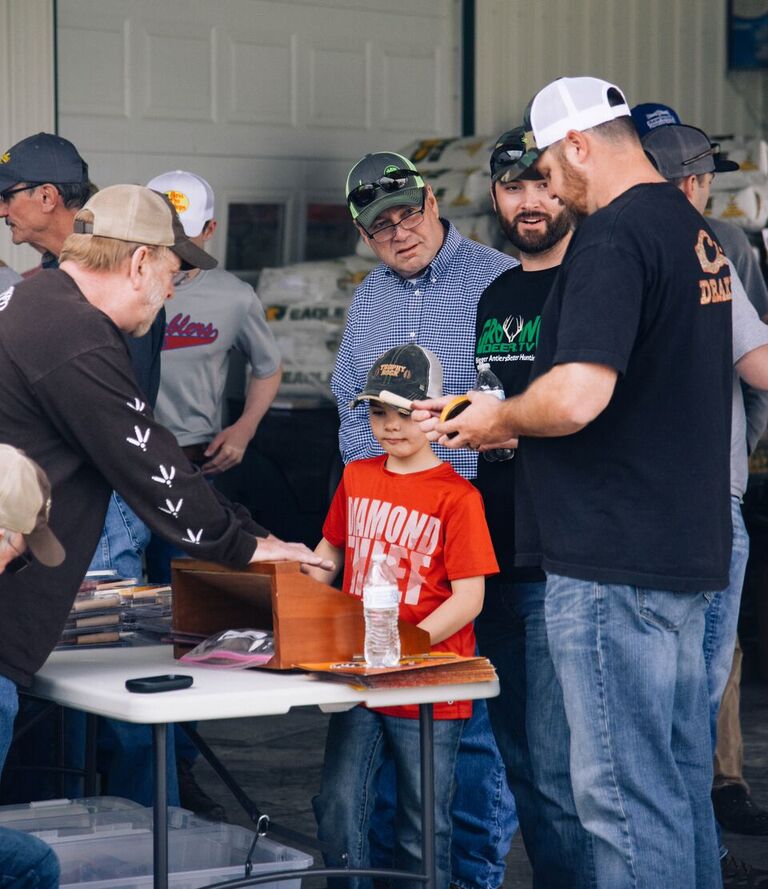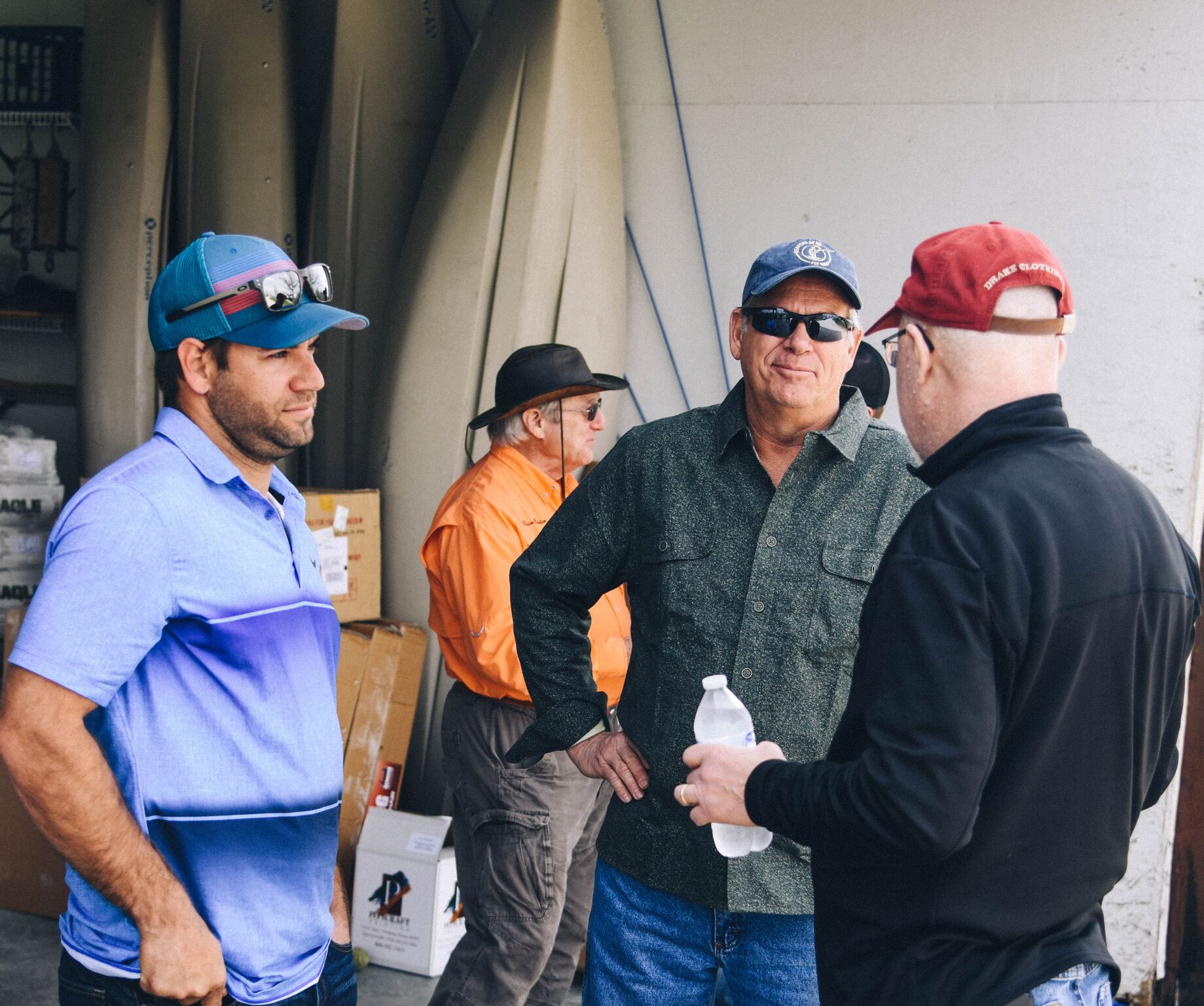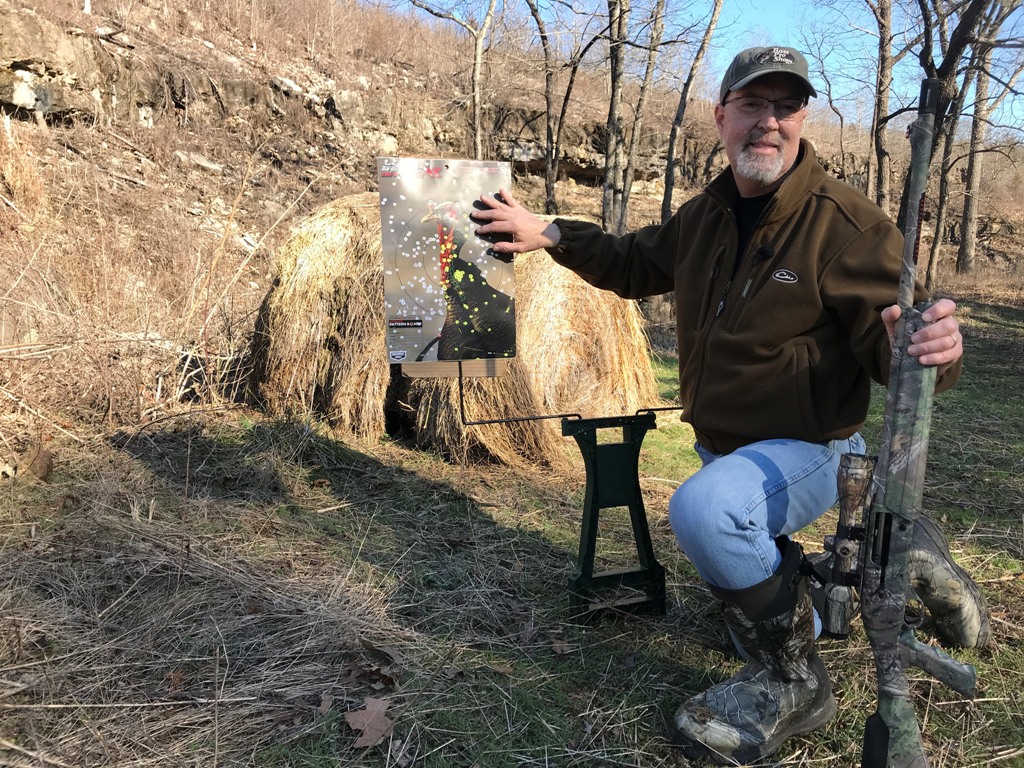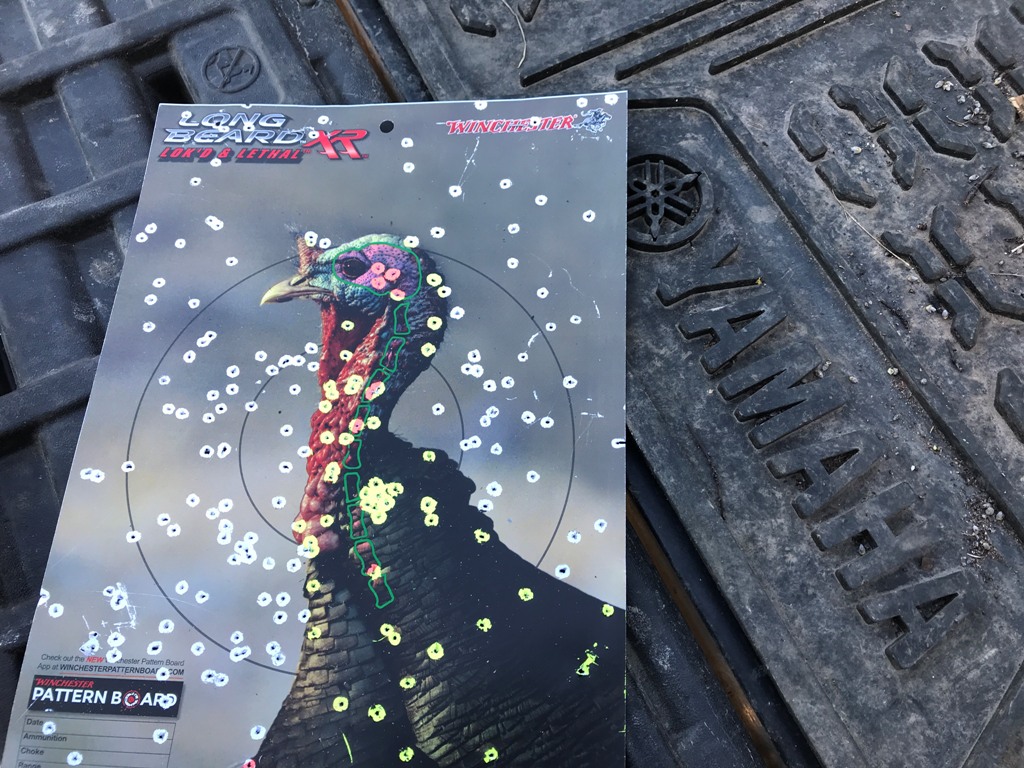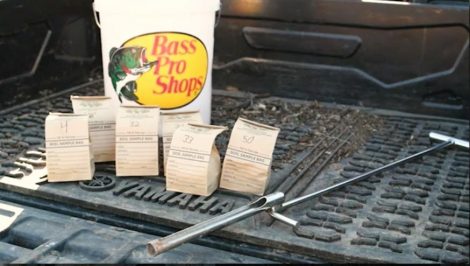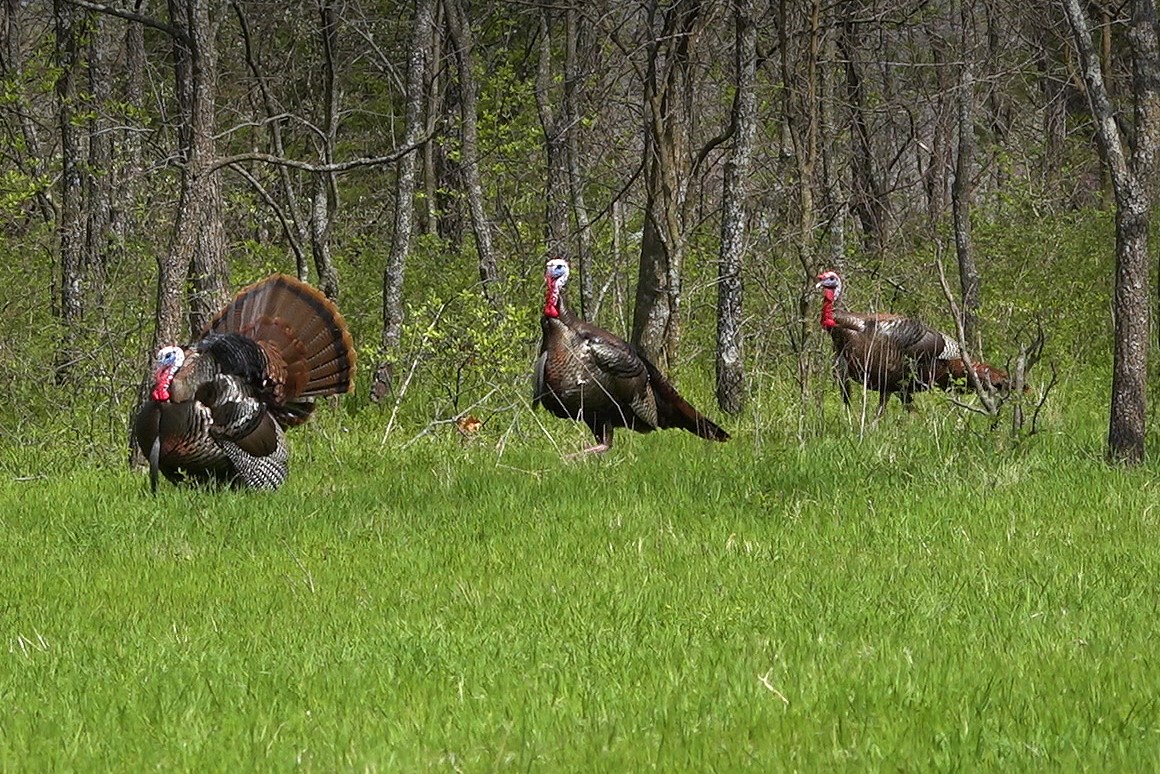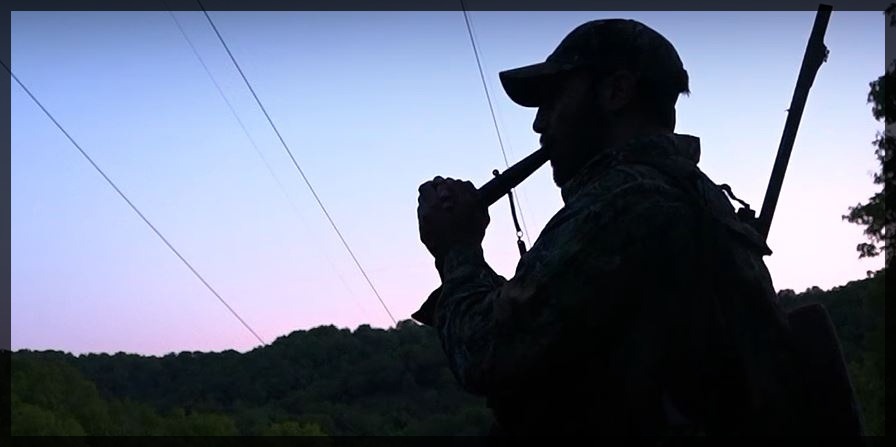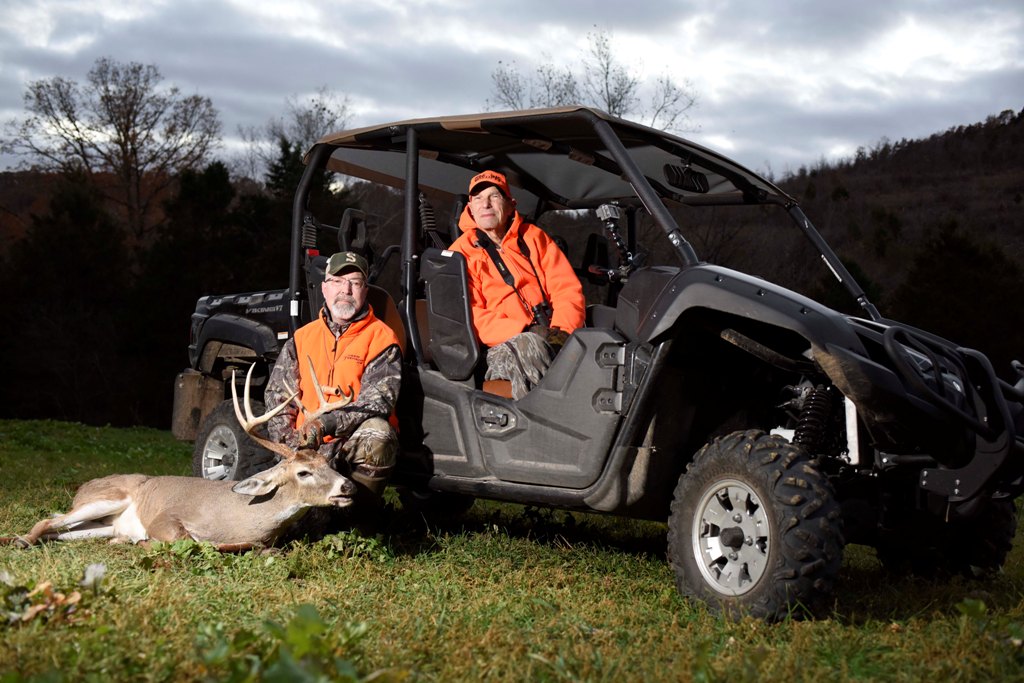Meet Jacob Hamilton: GrowingDeer Intern
One of the goals here at GrowingDeer is teaching lessons to future generations of hunters that will play a role in hunting and wildlife conservation. One way we do this is teach wildlife and habitat management techniques to our interns. These are young men and women who volunteer at The Proving Grounds to get hands-on experience either during their college coursework or soon after graduation.
You often see these interns on GrowingDeer videos. Our current interns are Tyler McKinney and Jacob Hamilton. We introduced Tyler to you last fall in this blog.
Now it’s time to share more about Jacob so that you can know who he is when you see him in the weekly videos. He is from Jackson, TN and graduated from Austin Peay State University in December of 2016. He has a degree in Agriculture Science with an emphasis in Forestry and Wildlife Conservation. This school did not have a degree program in Wildlife Management so Jacob decided to intern with GrowingDeer to strengthen his knowledge base and jump start his career in wildlife. He hopes to one day work for a wildlife consulting firm or manage wildlife and forest resources in a state park.
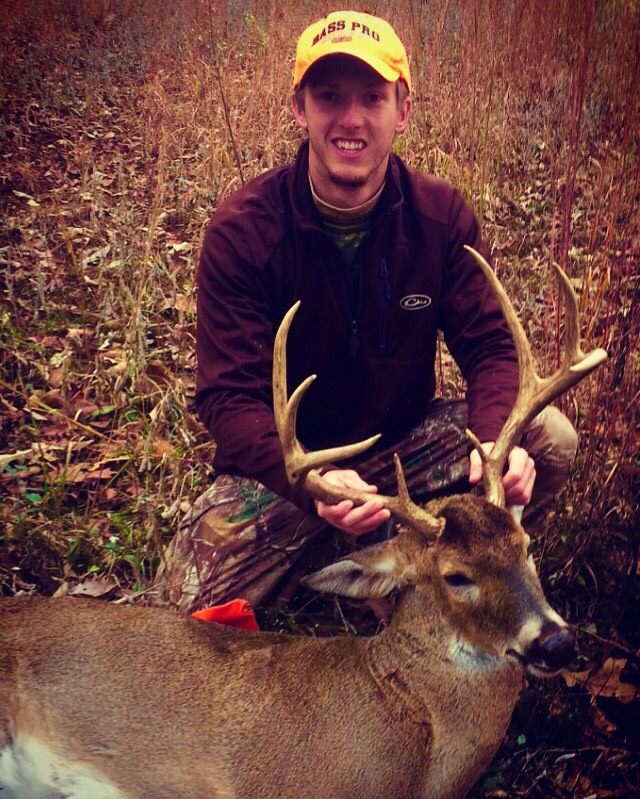
Jacob has been deer hunting for about 10 years. He killed his first deer at the age of 14 on his family property on a foggy morning during youth season. I asked Jacob to tell us about one of his favorite or most memorable hunting experiences. He enthusiastically shared with me how two years ago he killed a big 8 pointer that he had hunted over two seasons. He was especially proud of this buck because he really had to “work” to get him. It all started by planting food plots on a farm he had permission to hunt that was adjacent to his family land. He put in a clover food plot (keeping it mowed and sprayed), left standing beans at one end and groomed the CRP that was adjacent to it by putting in shooting lanes. He was disciplined and only hunted this plot with the right wind. When he didn’t succeed the first season, he moved his stand location down field. His work and perseverance paid off on a morning in late November. The buck came to the food plot, made a scrape and then Jacob took the 70 yard shot with his rifle.
Along with deer hunting, Jacob is an avid duck hunter! (Being from western Tennessee this is understandable!) He enjoys duck hunting because it’s more social: fellowship with good conversations in the duck blind, the interactive calling to the birds, and of course, the shooting action.
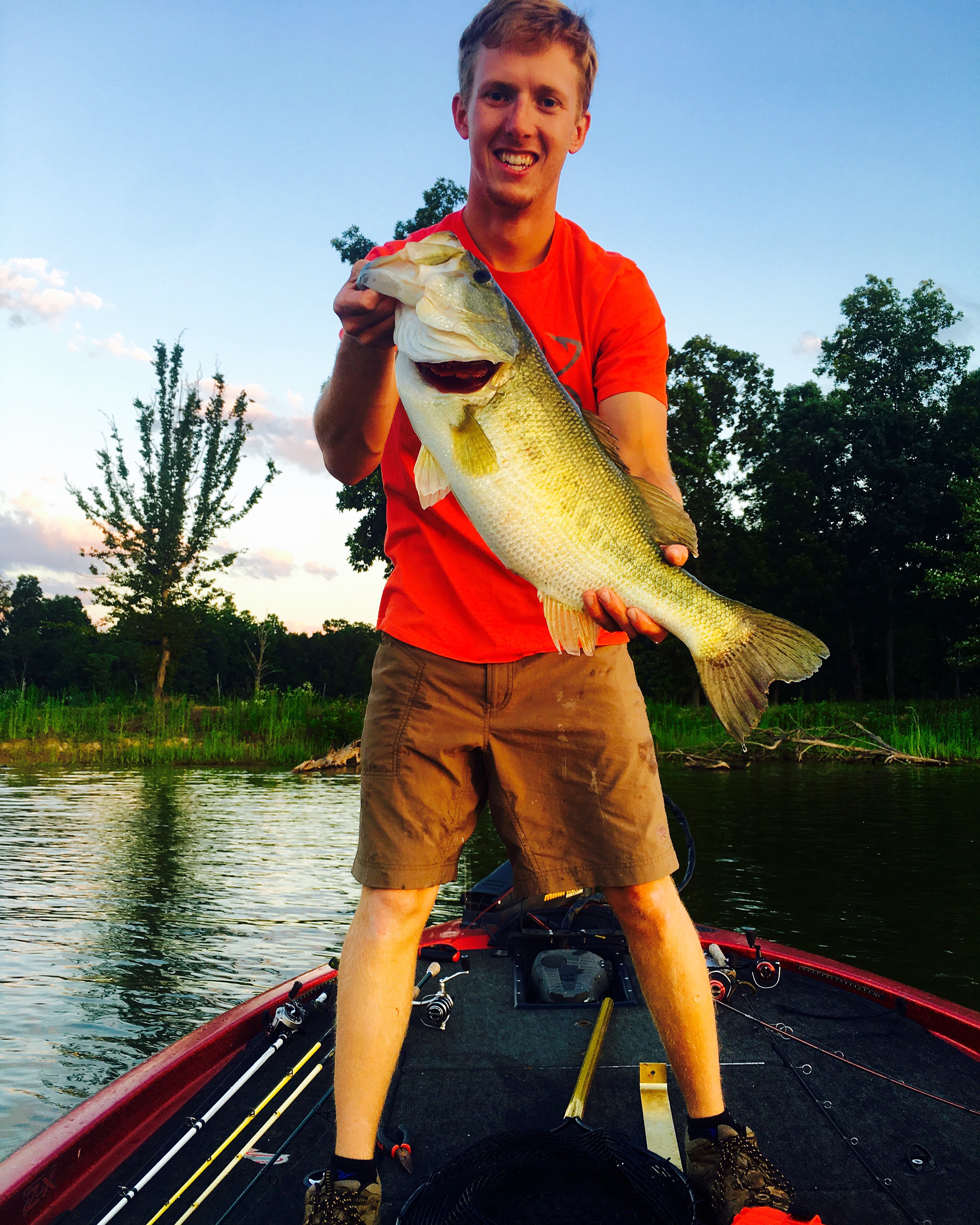
Jacob is an avid fisherman. Fishing has always been something his family does together. He joined and took a leadership role with the fishing team at his university. Under his leadership, the team grew and achieved solid national rankings at fishing competitions (ranked 27th and 30th out of 330 schools competing). When it’s not hunting season, you’ll most likely find Jacob on the water fishing. He is looking forward to the annual family fishing trip the last full week of April. For over 50 years the men in his family go to Kentucky Lake for a week of camping, fishing, corn hole and public land turkey hunting. There will be up to 40 men in his family from Texas, Tennessee, and even Idaho coming together for this outing.
We appreciate the time we get to spend with Jacob. He will be with us through the summer. Keep an eye out for him in our weekly videos and on Facebook where I’m sure we’ll be showing you more photos of his fishing and hunting success!
Blessed to be enjoying God’s Creation,
Tracy Woods
For the GrowingDeer Team
If you or someone you know is interested in becoming an interns with GrowingDeer, please click here for more information.



